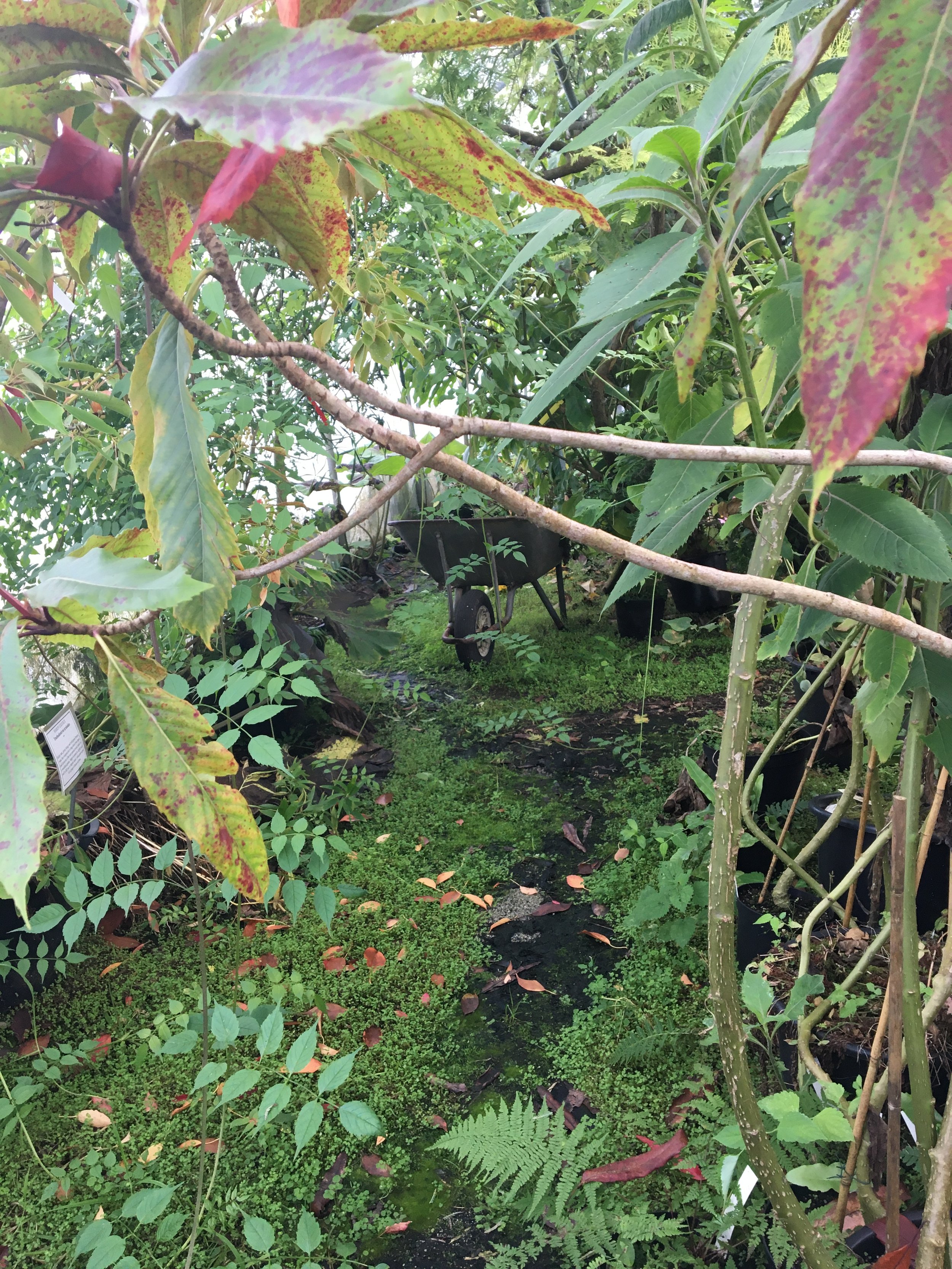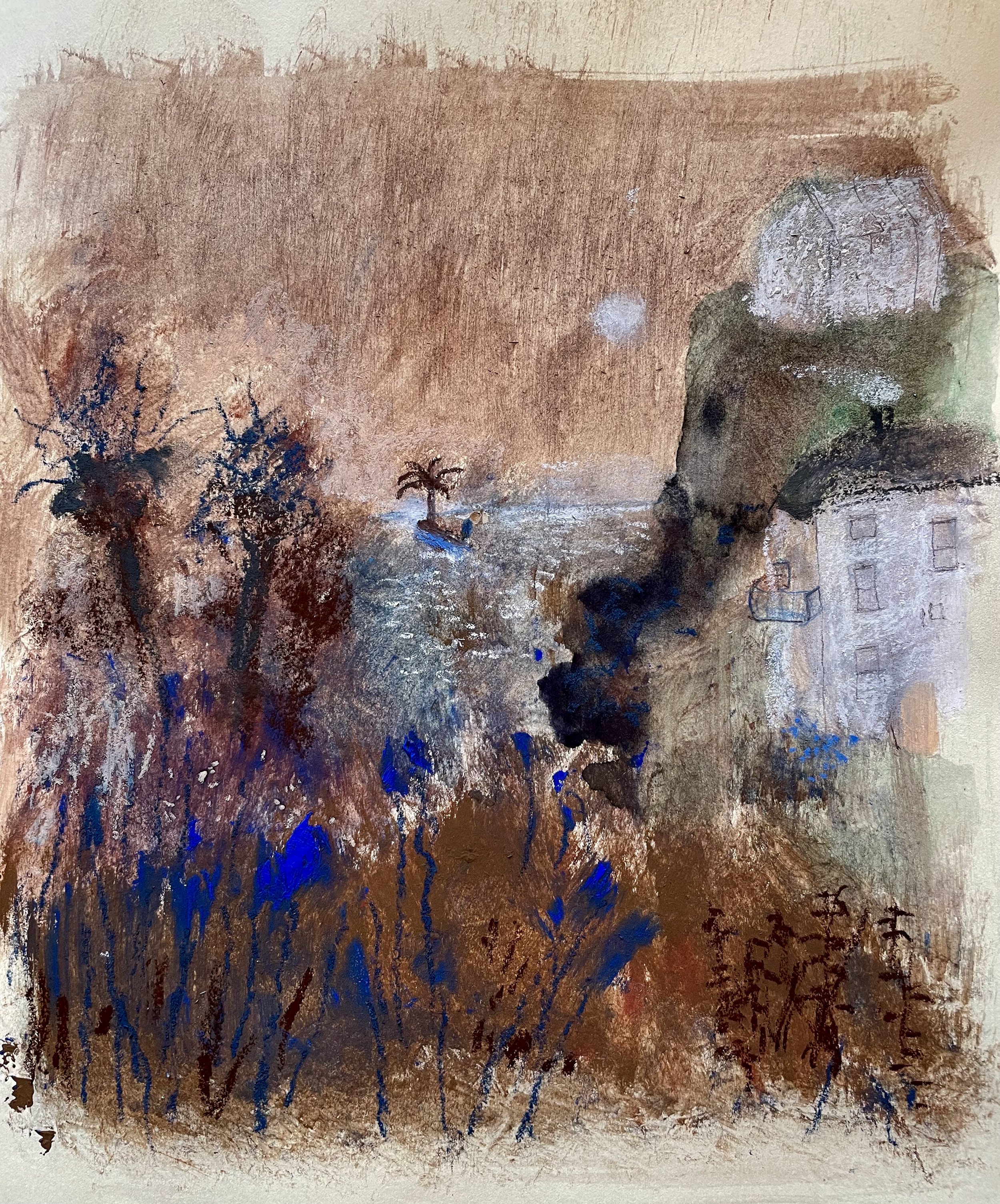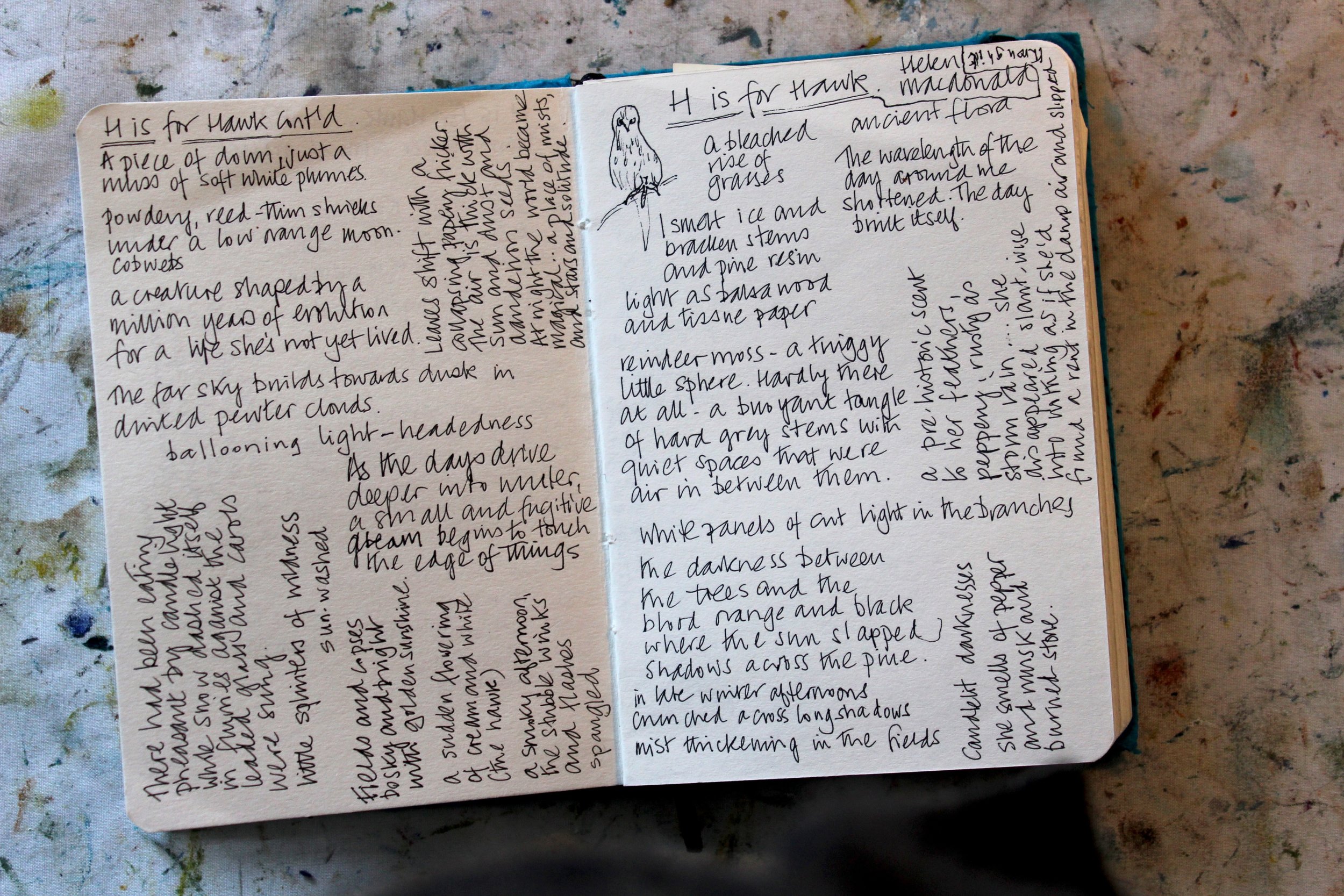That I can walk in off tree street in London and stand in the National Gallery a metre away from Turner’s Fighting Termeraire or Van Gogh’s sunflowers without special arrangements, or payment or protective screens between me and the paintings is just so hard to take in when everything else is so commodified.
Recently I saw Colin Davidson’s powerful, deeply sad portraits of people, all of whom had family members killed in The Troubles in Northern Ireland at a time when I still lived there. Dark memories were reawakened and there was many a tightening of the stomach and welling up of my eyes as I read their tragic stories. One man was killed in carpark of the hospital where one of my sons was born; he had just been to see his newborn son. The exhibition was shockingly sad and beautifully done.
I couldn’t leave the gallery feeling so full to the brim of distracting emotion, so diverted to a room nearby hung with Elizabethan portraits - a great favourite of mine. The rich darkness of the paint pierced with little blazes of colour and the portrayal of textures is so dramatically beautiful. Pearls, ermine, feathers, velvet, eyes, all glinting their beautiful light. Little did I know it at the time but this was a match being lit which I was to use to ignite some new work using dark bases on which to to overlay brighter colours creating rich contrasts and dramatic mood.
It’s hugely exciting and humbling to be in the close presence of of these paintings but I was nervous too that they could so easily be destroyed by those who prioritise their causes over the concept that everyone can see these paintings close up, completely free and feel the deep charge of human endeavour and recognise the triumph of the artists over various of life’s adversaries - financial, health, war. To destroy something representing the largeness and goodness of the striving human spirit, artists triumphing over the big struggles in the world to give us all something which enriches our spirit, doesn’t make sense to me.
Still, those tremendous dark paintings, lit with jewel-like colours, and the power of those works kindled a flame in me sparking my recent paintings.















